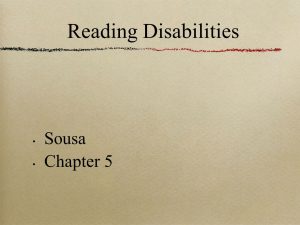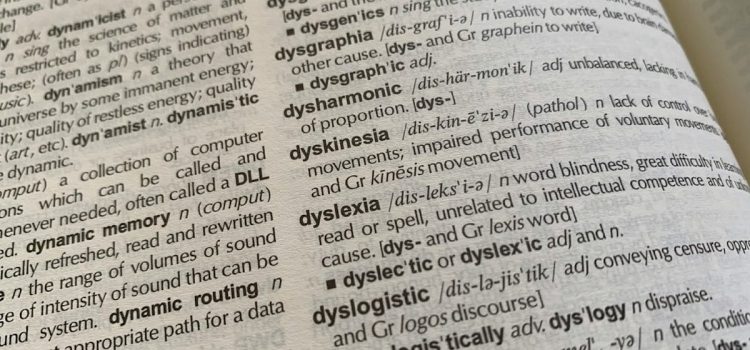
Introduction
Literacy is the cornerstone of education and a fundamental skill necessary for personal and societal growth. However, despite efforts to improve literacy rates globally, a significant portion of the population still faces challenges in reading proficiency. In this article, we’ll delve into the reasons behind the persistent literacy lag and explore proposed changes aimed at addressing these issues.
Understanding the Literacy Lag
Several factors contribute to the literacy lag experienced by individuals and communities worldwide:
Socioeconomic Disparities: Economic status often correlates with literacy levels. Individuals from disadvantaged socioeconomic backgrounds may have limited access to quality education, books, and resources, hindering their reading development.
Lack of Early Childhood Education: Insufficient exposure to literacy-rich environments during early childhood can impede reading skills. Children who lack access to books, educational activities, and parental involvement in reading often face challenges in developing proficient literacy skills.
Learning Disabilities and Special Needs: Students with learning disabilities, such as dyslexia, struggle with reading despite their intellectual capabilities. The lack of specialized support and tailored interventions can hinder their progress.
Limited Resources and Infrastructure: Communities with inadequate educational infrastructure, including poorly equipped schools and libraries, face hurdles in promoting reading proficiency among their population.
Technological Distractions: In the digital age, excessive screen time and distractions from electronic devices can detract from traditional reading habits, affecting comprehension and attention span.

Proposed Changes and Interventions
To address the literacy lag and enhance reading proficiency, various changes and interventions have been proposed:
Early Childhood Literacy Programs: Implementing targeted literacy programs for preschoolers and kindergarteners can significantly impact reading readiness. These programs should focus on language development, storytelling, and interactive reading sessions to foster a love for reading.
Enhanced Teacher Training: Providing educators with specialized training to identify and support students with diverse learning needs is crucial. Equipping teachers with strategies to address dyslexia and other reading difficulties can improve early intervention and support.
Access to Diverse Reading Materials: Increasing access to diverse and culturally relevant books is essential. Communities should prioritize building well-stocked libraries and providing affordable or free access to books, ensuring a wide range of reading materials for all ages and interests.
Technology Integration for Literacy: Leveraging technology to promote literacy can be beneficial. Educational apps, audiobooks, and interactive learning platforms can supplement traditional reading methods, engaging reluctant readers and catering to various learning styles.
Collaborative Community Efforts: Engaging families, community organizations, and local governments in promoting literacy initiatives fosters a holistic approach. Partnerships between schools, libraries, and community centers can create comprehensive literacy support systems.
Assessing the Impact of Proposed Changes
While these proposed changes hold promise, their effectiveness relies on several factors:
Implementation and Funding: Adequate funding and effective implementation of these programs are crucial. Sustainable financial support from governments, organizations, and donors is necessary to ensure long-term success.
Evaluation and Adaptation: Continuous evaluation of literacy programs is essential to gauge their impact. Flexibility and adaptation based on feedback and evolving needs are vital for sustained efficacy.
Equity and Accessibility: Efforts must be made to ensure equitable access to resources and interventions. Addressing socioeconomic disparities and reaching marginalized communities are pivotal for meaningful progress.

Conclusion
Improving literacy rates requires multifaceted approaches addressing diverse challenges faced by individuals and communities. By implementing targeted interventions, enhancing educational resources, fostering collaboration, and leveraging technology, it’s possible to mitigate the literacy lag. However, sustained commitment, adequate funding, and ongoing evaluation are imperative to ensure these proposed changes yield lasting positive effects on reading proficiency worldwide.










